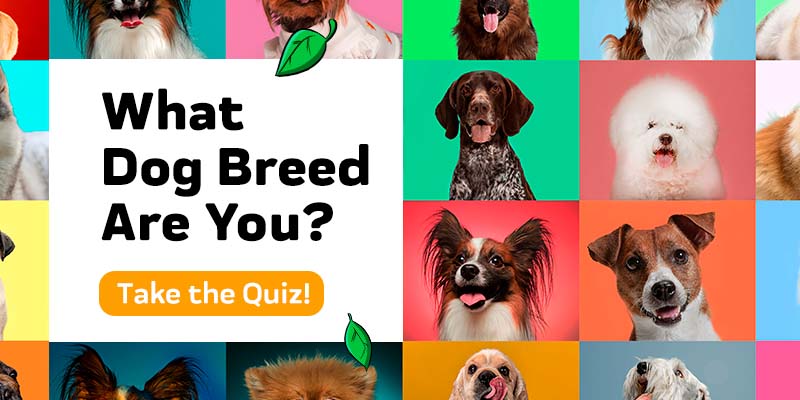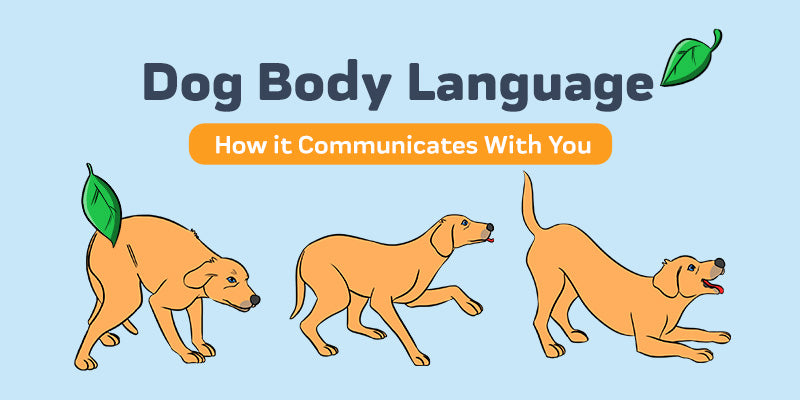
It’s not that tough to consider that humans might not be the most intelligent species on the planet. We could build a strong case that we are the smartest, but even being the ones to determine how such a thing is measured requires a baseline bias. So this entire conversation is kind of a never-ending Catch-22, but nonetheless, scientists still came up with interesting evidence recently to suggest that animals exist on this planet that are in fact smarter than us.
A 2018 study used what’s known as Mirror-self recognition (MSR), a behavioral indicator of self-awareness that’s been used to observe young children, great apes, dolphins, elephants, and even magpies. In it, scientists simply present the subject with a mirror and watch for how long it takes them to recognize themselves. Human infants typically require around a year before they’re able to start recognizing themselves.
“Individuals generally progress through three basic stages: 1) mirror exploration or social behavior, 2) contingency-testing (i.e., performance of unusual & repetitive behaviors at the mirror affording the opportunity to perceive a one-to-one correspondence between the individual’s behavior & the mirror image), and 3) self-directed behavior (i.e., viewing body parts/behaviors unobservable in the mirror’s absence).” It’s believed that progressing through these stages of awareness coincide with the same period humans also start to engage in “pretend play,” develop “empathy and prosocial behavior, synchronic imitation, and may be linked to the development of sensorimotor intelligence.” Essentially, scientists believe this basic level of self-awareness is a precursor to greater intelligence.
In the past, this test has been conducted on adult dolphins, but when researchers Rachel Morrison and Diana Reiss conducted the same study on two infant bottlenose dolphins they found they were demonstrating Mirror-self recognition at around seven months. By the end of their first year, the researchers reported, bottlenose dolphins show “a proclivity for spontaneous vocal and associative learning, skills that may contribute to the awareness of self and others.”
“The early onset of MSR in young dolphins occurs in parallel with their advanced sensorimotor development, complex and reciprocal social interactions, and growing social awareness,” the report said. “Dolphins have both been here longer than us, and have much larger brains than us. We can learn a lot from these animals whether we seem them as our equals or not. They should be studied and tested further to see what they are really capable of.”
Where do dogs rank in the cross-species intelligence conversation?
In late 2018, a study that appeared in the journal Learning and Behavior plain and simply said that dogs aren’t exceptionally intelligent when measured against almost any animal. They compared dogs to wolves, cats, spotted hyenas, chimpanzees, dolphins, horses, and pigeons, and canines had no clear advantage over the other species in a range of cognitive abilities.
“Dog cognition may not be exceptional, but dogs are certainly exceptional cognitive research subjects,” they wrote. “Our knowledge of nonhumans’ understanding of pointing, gaze, and other human signals has been greatly expanded through studies on dogs. There are several fields of cognition—empathy, for example—where almost our only nonprimate evidence comes from dogs, and the number of these seems likely to grow because the cooperativeness of dogs means that more complex research designs can be carried through could be contemplated with less obliging subjects (e.g., cats). And although dogs may not be typical carnivorans, or typical social hunters, or typical domestic animals, what we know about cognition in all those groups consists to a substantial extent of what we know about dog cognition.”
Or if you wanted a more specific and relatable measurement of how intelligent dogs are (or aren’t), a 2009 study laid it out a bit more concisely. Most dogs are about as smart as a two-year-old child. That study was based on a language development test, in which they determined the average dog has the capacity to learn 165 words, including signals and gesture. This vocabulary and comprehension are similar to a developing two-year-old. And the absolute smartest dogs, by this scale, have the capacity to learn as many as 250 words. The Border Collies, Poodles, and German Shepherds in the top of that pack are on par with a child at two and a half years.
Meanwhile, the same study determined that dogs are more advanced when it comes to math and social skills.
"The social life of dogs is much more complex, much more like human teenagers at that stage, interested in who is moving up in the pack and who is sleeping with who and that sort of thing," Stanley Coren told LiveScience. "We all want insight into how our furry companions think, and we want to understand the silly, quirky and apparently irrational behaviors [that] Lassie or Rover demonstrate. Their stunning flashes of brilliance and creativity are reminders that they may not be Einsteins but are sure closer to humans than we thought.”
And where do dogs fare when circling back to that Mirror-Self Recognition test? Scientists consider the ability to recognize oneself in the mirror a “major mental feat.” It is a sophisticated aspect of consciousness, allowing us to see ourselves as a separate or unique entity within the rest of the world. And as you’ve probably noticed before, your dog likely doesn’t have the greatest relationship with his or her own reflection when faced with a mirror.
“Young puppies encountering mirrors for the first time may treat the image as if it is another dog,” Coren says. “They may bark at it, or give a little bow and an invitation to play as if they are encountering a real dog and engaging in interaction. However, after a short while, they lose interest afterward then often seem to treat their reflections as if they were of no consequence at all.”
But if you ask Coren, perhaps we’re just measuring intelligence in all the wrong ways. “Dogs certainly seem to recognize the scent of familiar dogs and people, and if they have a sense of self then perhaps rather than asking them to recognize their own reflection we should ask them to recognize their own scent.”
















